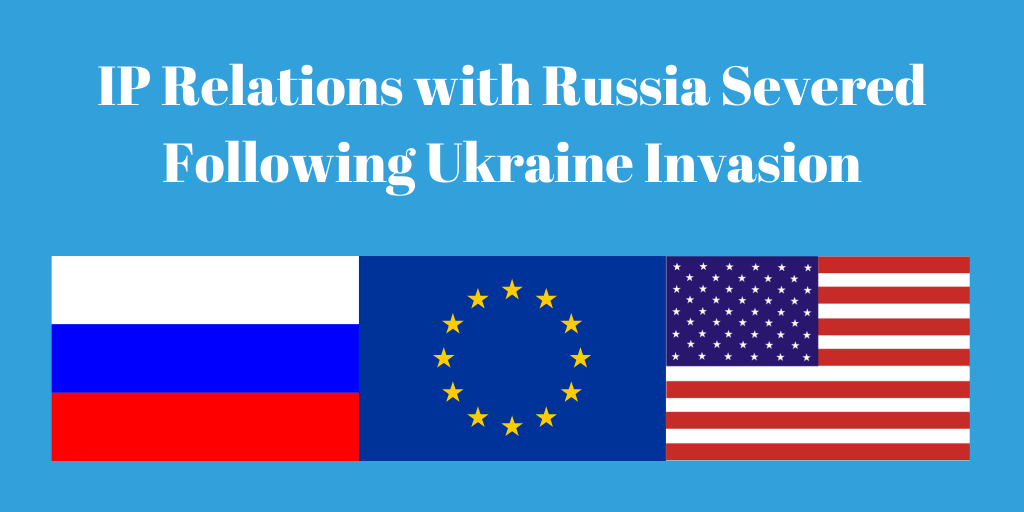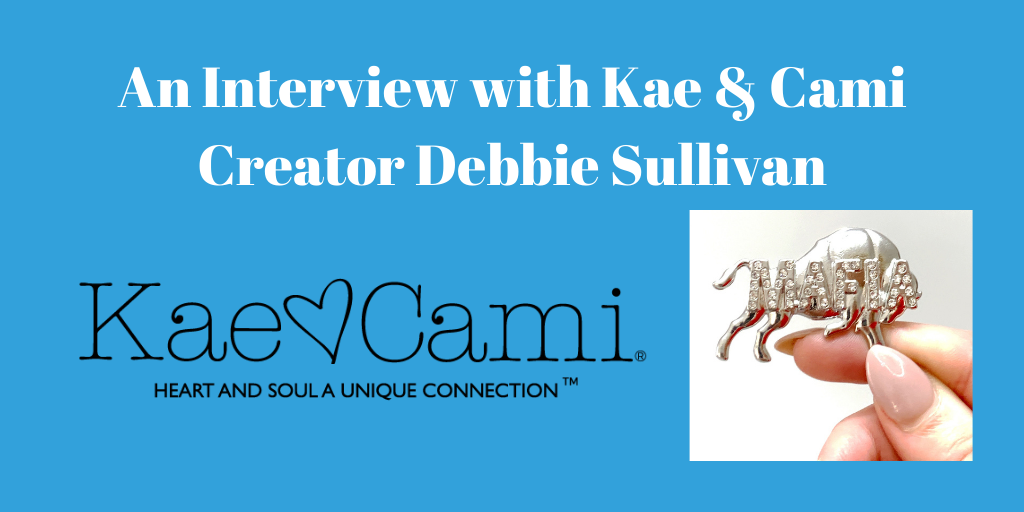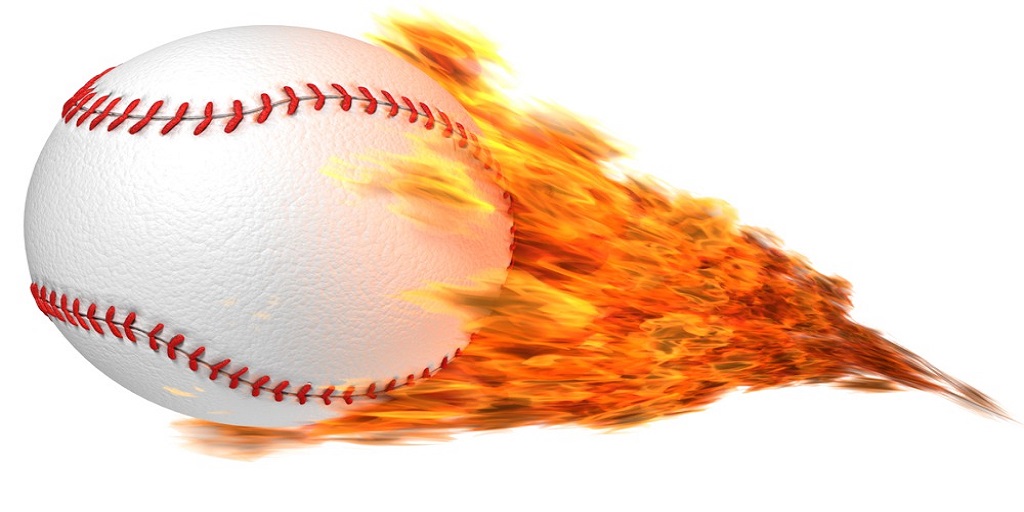What is patentable subject matter? Many people believe that they can patent anything. But the truth is there is only certain statutorily allowable subject matter that can be patented (35 USC 101).
Here’s a list of the basic allowable subject matter:
- Process (Method of making infrared heaters which reduces costs by 25%)
- Machine (Motorized device for clearing leaves out of a gutter without climbing)
- Article of manufacture (Pencil, chair)
- Composition of matter (Paint, drugs)
- Or any new and useful improvement thereof (Chair with a footrest)
If your invention falls into one of the above categories it must also be:
- New (no one has ever done it before) 35 USC 102
- Useful (it can’t be something that has no use whatsoever) and
- Non-obvious 35 USC 103 (It must be non-obvious to one having ordinary skill in the pertinent art at the time the invention was made)
It doesn’t take much to show that your idea is new because the slightest change will cause it to be original. And useful isn’t really much of an obstacle, almost everything has some sort of use. There is a joke among chemical patent attorneys, “Any chemical composition has a use, it either kills grass or helps it grow!”
The hard thing to understand and to teach is what is non-obvious! I sometimes use the example of the invention of a table to get this idea across.
Let’s pretend you were around 10,000 years ago and you were the first person to invent a table. Your table has a square top, a bottom and four legs.
Now someone makes an improvement on the table and tries to get a patent. The improvement is that the top is circular in shape instead of a square. The argument by the patent office may be someone skilled in the art (a carpenter) would think it obvious that the top could be made in any shape or dimension and a round top would be rejected as an obvious improvement.
Even though the improvement of the first ever circular top is new, and it is useful it would be arguably not patentable if it was determined that it would be an obvious improvement for a carpenter to make a table top in any shape.
Now let’s take a different approach. Let’s say that the new inventor was the first to invent a table with pedestal legs connected to the center of the bottom. It could be argued that this way to connect the legs to the top is a non-obvious improvement and would be potentially patentable in the prehistoric patent office.
But obviousness can be established by combining or modifying the teachings of the prior art to produce the claimed invention where there is some teaching, suggestion, or motivation to do so.
So if there was a chair in the prior art with a with similar legs like the pedestal legs of the invention table the examiner might combine the references of the square table with the chair and say it was obvious to come up with the new table.
I am not trying to replace the many legal treaties and case law on this the question of obviousness, not to mention the Manual of Patent Examining Procedure (MPEP) where there are many examples of what is non-obvious. I hope the simple logic of the table scenario is an easy way to generally grasp this concept.








